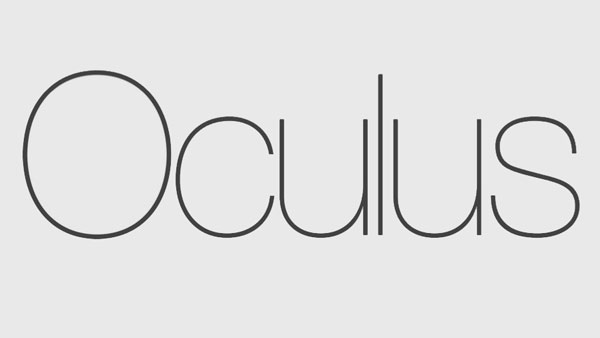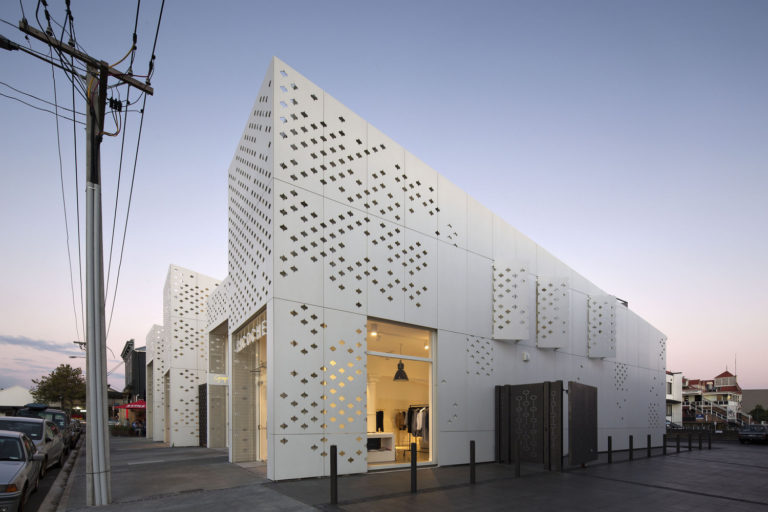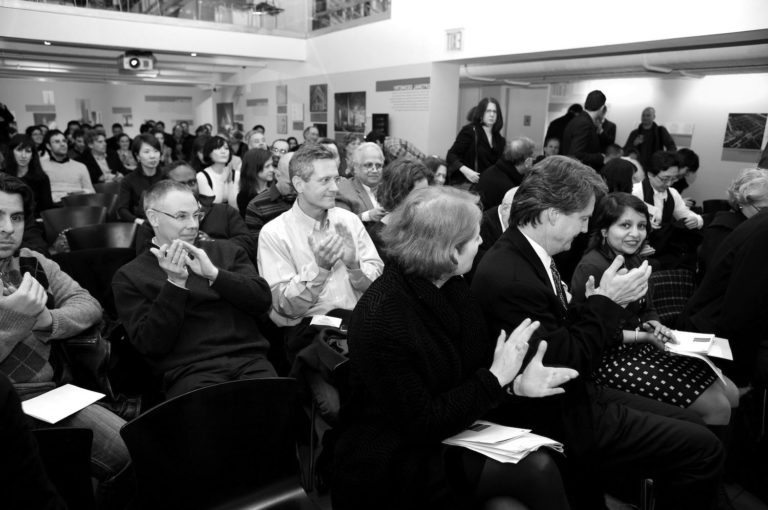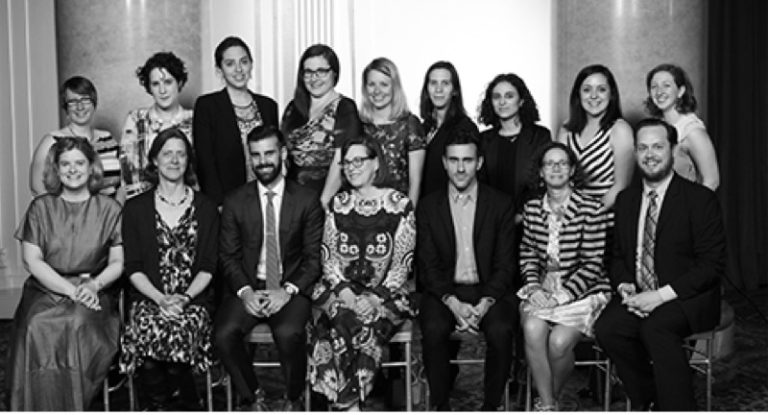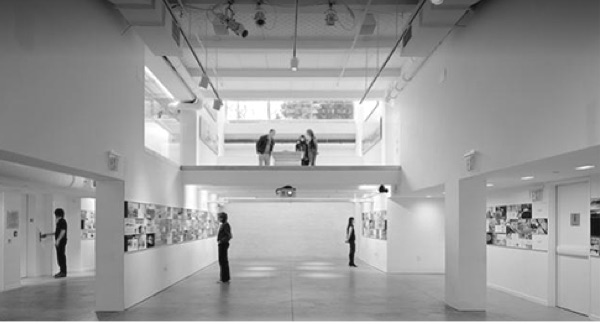March 12, 2025
by: Bria Donohue
by: Bria Donohue
On Tuesday, March 4, AIA New York, in collaboration with DBIA New York Metro Region, hosted a program on prioritizing quality design in alternative delivery. We explored project team perspectives through the eyes of the designer, owner, and builder, allowing us to examine how alternative delivery enables innovation and supports quality. Below, we breakdown the key takeaways across six components of the delivery process.
Quality Design
- Expanded definition: Performance, Durability, User Experience, Sustainability, Accessibility, and Aesthetics
- Quality is a return on investment
Project Management
- As an owner, you are the project leader and have the ability to set the tone and values for the project from the beginning. This requires a strong in-house A&E team or owner’s representative with expertise in alternative delivery.
- Quality starts at the top. Leaders need to set robust standards for achieving quality.
- Good budgeting helps enable quality by enabling design freedom and opportunity to think through the design in terms of constructability and being mindful of costs.
- The level of quality is all about having good project managers that can make decisions, move on, and know what is important when reviewing materials.
Collaboration
- There is a lot that is unpredictable in construction, so having the right people at the table is essential and setting up a process that enables collaboration is the best thing you can do for yourself as an owner.
- Alternative project delivery enables the owner to have a voice at the table to answer constructability questions without creating fairness issues
- With all the stakeholders, decision makers, and experts in the room, it enables you to make realistic decisions that can be delivered in efficient ways, enabling opportunities to save money and deliver projects faster. Important to bring in stakeholders at the right moment in the process, which is often earlier than you think.
- Project managers and designers should be contractually obligated to be stationed in the field during construction. Allows issues to be identified earlier and provides a better finished product, saving money, and eliminating errors/omissions.
Communication
- Need to get rid of the adversarial relationship that comes with Design Bid Build and work as a partnership in alternative project delivery where designers buy into the risk and have a firm understanding of the fine print of the contract.
- Having team project walk throughs early on allows the team to identify key elements, challenges, and risks creating opportunity to have a shared understanding amongst the project team of priorities.
- Keep clear records on design decisions so they can be referred back to, especially with personnel changes.
- Collaboration, trust, de-siloing, and understanding risk are components of good communication within the project team.
Design Manager
- Role of the design manager on the builder’s team is to sit in the middle of the builder, designer, and owner to advocate design excellence while meeting the realities of the budget/schedule and making sure the project is moving along.
- Role to educate the builder’s team on what design elements are important for the success of the project and the design team on the ways decisions impact schedule and cost.
- Tailor delivery methods to each project—alternative project delivery is not a one size fits all approach.
Contract
- Specify design quality priorities in the contract.
- Important to have enforceable documents that the owner’s project manager has a firm understanding of as the contract includes all the tools and information needed.

